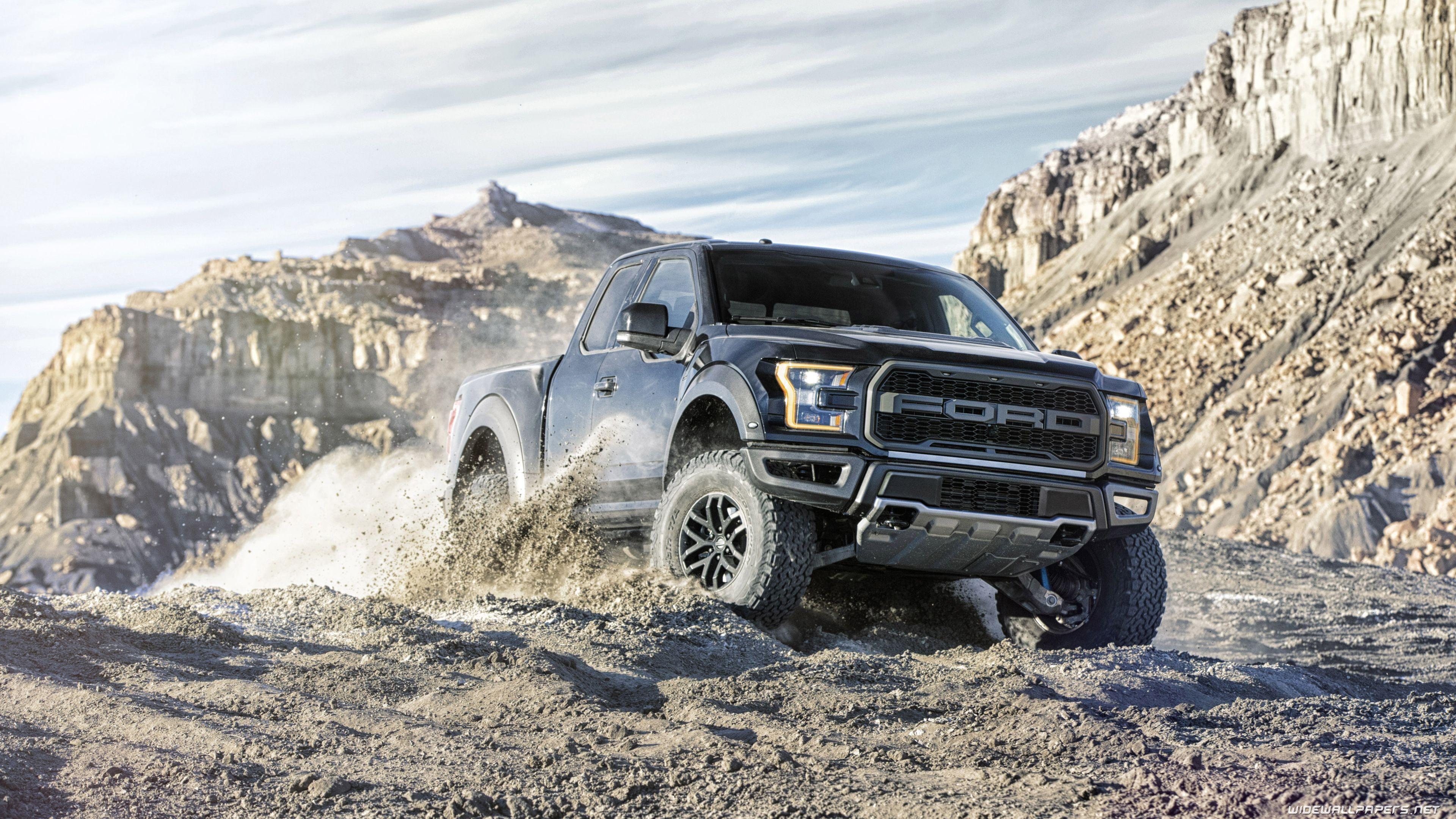
For many truck owners, a 4×4 vehicle represents more than just transportation; it embodies freedom, capability, and the promise of adventure. Whether you’re navigating challenging off-road trails, hauling heavy loads, or simply seeking enhanced traction in adverse conditions, the robust design of a 4×4 system is built to deliver. However, this impressive strength and versatility come with an inherent set of demands, pushing complex drivetrain components to their limits. Understanding these limits, and the potential failure points, is paramount for maintaining your vehicle’s performance and ensuring your safety.
Ignoring early warning signs of a malfunctioning 4×4 or all-wheel drive (AWD) system doesn’t just reduce traction; it can inflict severe stress on critical drivetrain components such as the transfer case, differentials, and axle shafts. What might initially appear as a minor inconvenience, like a flickering dashboard light, can quickly escalate into costly repairs or even a complete driveline failure. Many truck owners mistakenly assume a problem will resolve itself, but continued use of a faulty system accelerates wear on tires, gears, and other vital parts, compromising vehicle stability and performance.
This in-depth guide is designed to empower you with the knowledge needed to identify, understand, and proactively address the most common ways your truck’s 4×4 system can fail. Drawing on extensive automotive expertise, we’ll break down 13 critical issues, providing clear explanations of their causes, telltale symptoms, and practical advice to help you keep your rugged companion running smoothly and safely, whether you’re tackling rough terrain or cruising the highway. Knowing what to look for can save you significant time, money, and headaches down the road.

1. **Transmission Problems (including slipping and clutch failures)**
The transmission is the heart of your truck’s power delivery system, especially vital for 4×4 vehicles that frequently operate in demanding environments. Off-roading, with its constant shifts between high and low gears and exposure to difficult conditions, places immense stress on this critical component. Recognizable signs of transmission distress include difficulty shifting gears, a sensation of slipping gears, or the presence of strange noises emanating from the transmission.
These issues can stem from a variety of causes, ranging from something as straightforward as low transmission fluid to more serious internal damage requiring professional attention. For heavy-duty trucks, specifically, the transmission and clutch system is responsible for ensuring smooth power delivery to the entire drivetrain. A worn-out clutch component, for instance, can lead to delayed or rough gear shifts, directly impacting performance and efficiency.
Further common causes of transmission failures in these robust vehicles include low or contaminated transmission fluid, which significantly reduces lubrication and increases friction and heat within the gears. Overheating, often induced by excessive towing or aggressive driving, can also degrade the transmission’s internal components. These factors collectively diminish the system’s ability to operate effectively and reliably under load.
To mitigate these risks, proactive maintenance is essential. Regularly monitoring transmission fluid levels and condition, and replacing the fluid as needed, is a fundamental step. For trucks involved in heavy towing applications, using a transmission cooler can prevent overheating. Critically, any signs of slipping gears should be addressed immediately to prevent further, potentially catastrophic, transmission failure, which ranks among the most expensive repairs in a truck’s drivetrain.

2. **Overheating (Engine & Drivetrain Components)**
Off-roading and heavy-duty tasks subject your truck’s engine to extreme demands, which can quickly lead to overheating if the cooling system isn’t operating at peak efficiency. When you notice your engine temperature gauge climbing into the red zone, it’s a critical warning sign that demands immediate attention. Stopping driving without delay is crucial to prevent permanent engine damage, which can be catastrophic.
Common culprits behind engine overheating typically include a faulty thermostat that isn’t regulating temperature correctly, a broken radiator fan unable to dissipate heat effectively, or simply low coolant levels. These components are all integral to maintaining optimal engine operating temperatures, particularly when the vehicle is under significant strain, such as during extended periods of heavy use or off-road excursions.
It’s important to recognize that overheating isn’t exclusively an engine issue; it can also affect vital drivetrain components. Differentials and transfer cases, for example, rely on specific lubricating fluids to function properly. When these fluid levels become low or contaminated, they cease to provide adequate lubrication, leading to excessive friction and heat buildup within these crucial systems. This can manifest as a burning smell or grinding noises, indicating internal wear and potential damage.
Preventive measures are straightforward yet highly effective in averting overheating scenarios. Regularly checking your coolant levels and ensuring your cooling system is properly maintained are basic but critical steps. Similarly, routine inspection and maintenance of differential and transfer case fluids will help ensure these essential drivetrain components remain adequately lubricated and cool, thereby extending their lifespan and preventing costly repairs.
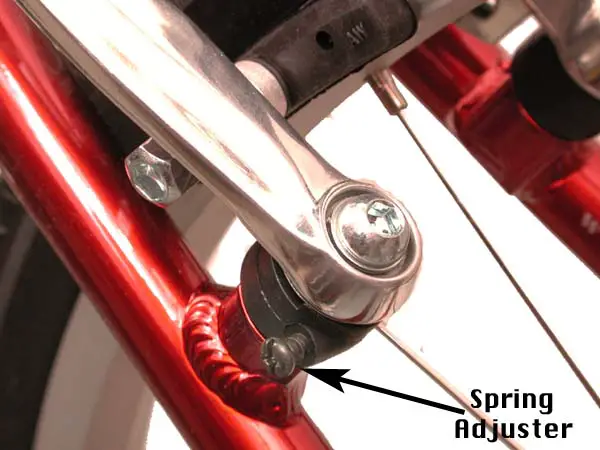
3. **Brake Wear & Malfunctions**
Four-wheel drive vehicles, by their very nature, frequently experience accelerated brake wear compared to standard passenger cars. This increased degradation is a direct consequence of the heavier loads they routinely carry and the challenging conditions they are built to conquer. Off-roading, particularly on steep inclines or rugged, uneven terrain, places a tremendous amount of strain on the entire braking system, accelerating wear and tear on pads, rotors, and other components.
Recognizing the signs of impending brake problems is crucial for your safety and the performance of your truck. Common indicators include persistent squeaking or grinding noises when the brakes are applied, which often signals worn-out brake pads. A brake pedal that feels unusually soft or spongy, or a noticeable increase in the distance required to bring your vehicle to a complete stop, are also serious red flags.
These symptoms, when observed, are not to be ignored. If your brakes exhibit any of these warning signs, it is imperative to have them inspected by a qualified professional without delay. Prompt inspection and potential replacement of worn components are essential to ensure your safety and maintain the critical stopping power of your 4×4, especially when navigating demanding driving scenarios where reliable braking is non-negotiable.
Read more about: Gearhead’s Grievances: 10 Performance Models Drivers Would Undo in a Heartbeat
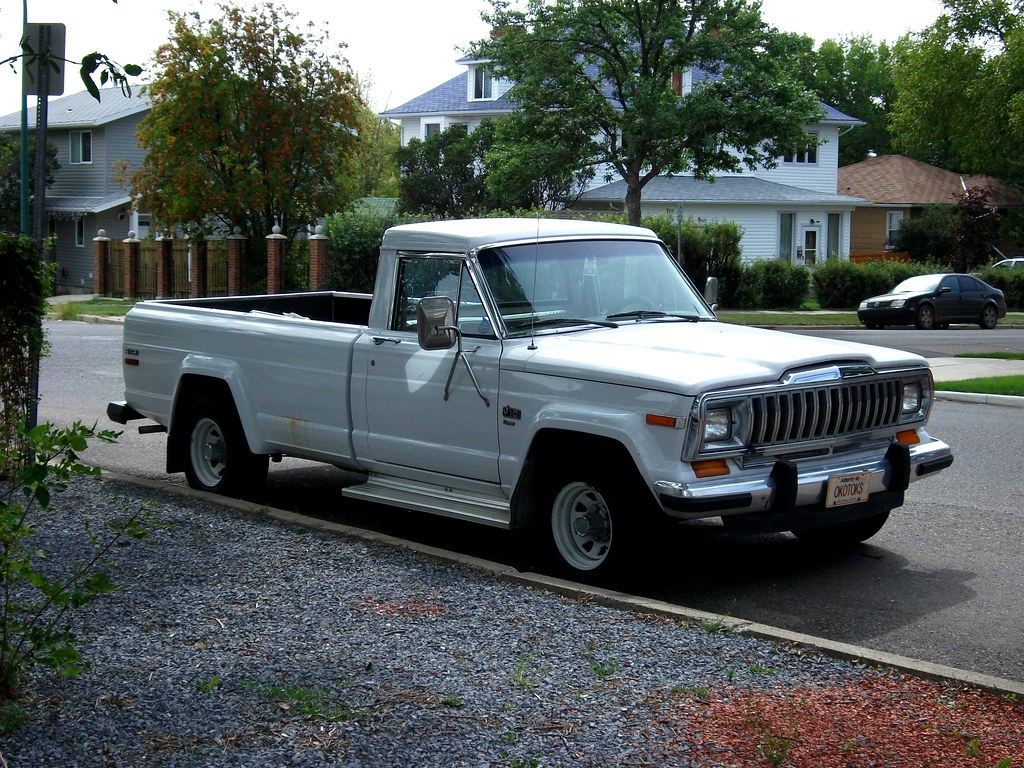
4. **Suspension System Degradation**
The suspension system of a 4×4 truck endures an enormous amount of stress, particularly when engaging in off-road activities. This relentless pounding from rugged terrain inevitably leads to the premature wear and degradation of critical components such as shocks, struts, and various linkages. A noticeable change in your vehicle’s ride quality, such as it feeling rougher than usual, or if the truck visibly leans to one side, are clear indicators that your suspension system requires immediate attention.
General 4WD operation on hard roads can also contribute significantly to suspension issues. Components like nuts and bolts, the steering rack, and especially your shocks, should be part of a regular inspection routine. These parts are constantly working to absorb impacts and maintain tire contact with the road, making them highly susceptible to wear and fatigue over time. Their integrity is vital for handling and control.
Faulty or worn-out shocks, in particular, have a profound impact on vehicle performance and safety. If your shocks are compromised, you will undoubtedly feel every bump and imperfection in the road with increased intensity. More critically, worn shocks severely compromise your vehicle’s traction. This means that the worse your shocks become, the more your vehicle will bounce uncontrollably, and the less effective it will be at maintaining consistent contact and grip with the road surface, leading to reduced control.
Regularly checking your suspension system and proactively replacing worn components are indispensable practices for any 4×4 owner. This preventative approach not only helps you avoid more significant and costly issues down the line but also ensures your vehicle maintains its optimal stability, handling characteristics, and overall safety, providing a confident and controlled driving experience regardless of the terrain.
Read more about: Mastering Truck Bed Longevity: 13 Simple Ways to Defend Against Extreme Wear and Tear
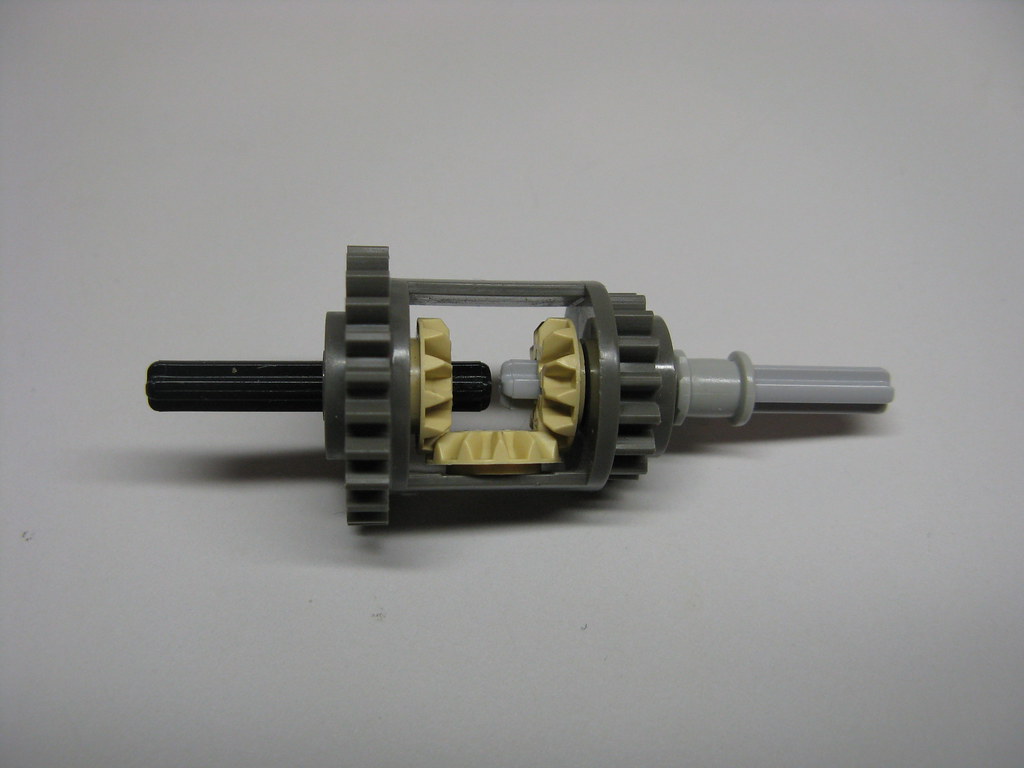
5. **Differential Failures (Gears, Seals, Lubrication)**
The differential is an absolutely critical component in any 4×4 vehicle, playing a pivotal role in transferring power from the engine to the wheels while simultaneously allowing those wheels to rotate at different speeds during turns. This function is essential for both everyday driving and, particularly, for maintaining traction and control in diverse off-road scenarios. In a typical 4×4 setup, you will find a front differential, a rear differential, and in some configurations, a center differential, all working in concert.
Common causes of differential failures often revolve around fluid-related issues. Low or contaminated gear oil is a primary culprit, as dirty or insufficient lubrication leads to excessive friction and dangerous overheating within the differential housing. Bearing wear and misalignment are also significant contributors, causing vibrations, abnormal noises, and ultimately leading to gear failure. Furthermore, subjecting the truck to excessive loads or engaging in overly aggressive driving can impose sudden torque spikes that severely damage the internal gears.
Symptoms of differential problems are usually quite distinct and should never be ignored. Owners might notice a persistent whining or howling noise, especially pronounced during turns, indicating worn gears or bearings. Vibrations, particularly those felt through the floorboards or steering wheel, can also signal an issue. A burning smell emanating from the differential, often caused by overheating fluid, is another serious warning sign. Additionally, difficulty turning can indicate binding within the differential, especially if an issue prevents the wheels from rotating at different speeds.
Proactive maintenance is the cornerstone of preventing differential failure. Regularly checking and replacing your differential fluid according to manufacturer recommendations is paramount; using the correct gear oil viscosity ensures proper lubrication and efficient heat dissipation. If caught early, many differential issues, such as minor leaks, can be resolved with a simple fluid change or seal replacement. However, neglecting these warning signs can tragically escalate into complete gear replacement or even total differential failure, leading to substantial repair costs and vehicle downtime.

6. **Tire Wear & Alignment Issues**
Off-road driving inherently places an extraordinary amount of strain on a truck’s tires, far beyond what typical on-road conditions entail. This increased stress frequently results in uneven tire wear patterns or, more critically, issues with wheel alignment. When tires wear unevenly, not only is their effective lifespan drastically reduced, but more importantly, their ability to provide optimal traction is severely compromised. This direct impact on grip can make your vehicle significantly harder to control, particularly on challenging surfaces or during sudden maneuvers.
Beyond the rigors of off-road excursions, something as seemingly simple as incorrect tire pressure can also contribute significantly to uneven wear. Both under-inflated and over-inflated tires distribute the vehicle’s weight improperly, leading to certain areas of the tire making more contact with the road and thus wearing down faster than others. This imbalance degrades overall tire performance and accelerates the need for replacement.
To ensure your tires provide consistent performance and maximize their longevity, a proactive approach to maintenance is essential. Regular tire rotations are crucial, as they help to distribute wear evenly across all four tires, prolonging their life and maintaining balanced traction. Similarly, professional wheel alignments will correct any discrepancies that arise from rough driving, ensuring that all wheels are oriented correctly and reducing uneven wear. Complementing these practices with consistent checks of your tire pressure will significantly contribute to optimal performance and safety, ensuring your 4×4 maintains reliable grip in all conditions.
Read more about: Equipping Your Garage: 15 Essential Tools Every Home Car Mechanic Should Own for Reliable DIY Maintenance

7. **Electrical System Faults**
Modern 4×4 vehicles are intricate machines, heavily reliant on sophisticated electrical systems to manage everything from engine performance to complex drivetrain functions. However, the very environments that 4x4s are designed to conquer—those involving water, dirt, and dust—can wreak havoc on these sensitive electrical components. These intrusions can lead to a range of common electrical issues, including faulty sensors, intermittent power supply to various systems, or problems with lights and other accessories.
For the crucial 4WD and AWD systems themselves, electrical faults can be particularly debilitating. Issues such as electrical malfunctions in the actuator responsible for engaging four-wheel drive, vacuum leaks affecting control systems, or compromised sensor malfunctions can directly prevent the proper engagement or disengagement of the 4WD mode. These electrical failures can leave your truck unable to access its full capabilities when you need them most.
Recognizing the symptoms of an electrical issue within your 4×4 system is key to early diagnosis. A continuously blinking 4WD light on your dashboard, or unresponsive dashboard indicators, are often clear signals. These visual cues frequently point to an electronic control module (ECU) failure, a specific sensor issue, or an underlying mechanical fault within the transfer case that is being misinterpreted by the electrical system. Ignoring these warnings can lead to improper system function and potential damage to mechanical components that are being misused.
Preventive measures largely involve protecting these vital electrical components from the harsh elements. Regularly inspecting your wiring harness for any signs of wear, fraying, or damage is a good practice. Furthermore, ensuring that all electrical connections and components are properly sealed and protected from moisture, dirt, and dust can significantly prolong their life and reliability. When persistent electrical issues arise, professional diagnosis is absolutely essential to pinpoint the root cause and ensure correct functionality of your 4×4 system, maintaining its operational integrity and safety.
Read more about: 13 Essential Red Flags: Your Step-by-Step Guide to Inspecting a Used Performance Car Like a Pro
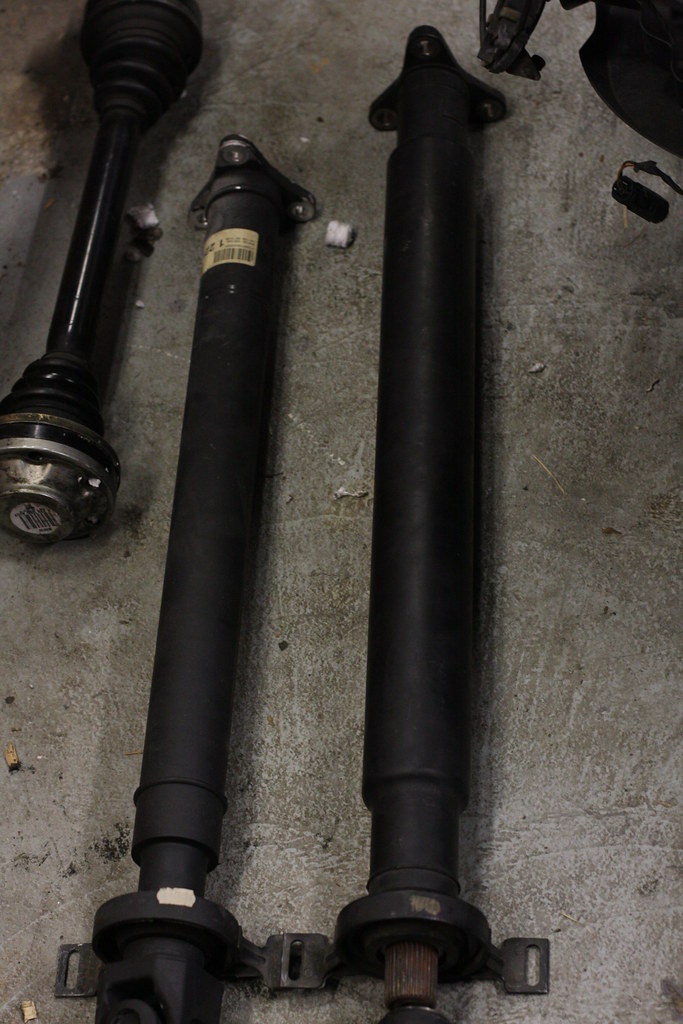
8. **Driveshaft Problems**
The driveshaft is a crucial link in your truck’s power delivery, connecting the transmission or transfer case to the axles and spinning at high speeds to transfer torque to the wheels. Given the demanding conditions 4x4s often face, this component is under constant stress, making it susceptible to wear and damage. When the driveshaft’s integrity is compromised, it can profoundly impact your vehicle’s performance and safety.
Several factors can contribute to driveshaft failure. Impacts from off-road obstacles, potholes, or debris can bend the shaft itself, leading to severe imbalance. Worn universal joints (U-joints) or constant velocity (CV) joints, which allow for articulation, can cause misalignment if not properly lubricated. Additionally, loose or failing center support bearings, which degrade over time, can introduce excessive movement and stress within the driveshaft assembly.
Recognizing the symptoms of a failing driveshaft is key to preventing more serious damage. Owners might experience unusual vibrations, particularly noticeable during acceleration, indicating an imbalance. Clunking noises, especially when shifting gears, can signal worn joints or other loose components. Visible signs of damage, such as dents or bends underneath the vehicle, also demand immediate attention.
To mitigate these risks, proactive maintenance is essential. Regularly lubricate U-joints to prevent dry operation and inspect the driveshaft for any bends or misalignments after heavy use or off-road excursions. Checking center support bearings for excessive play is also crucial. Addressing these issues promptly is vital, as a severely compromised driveshaft can lead to severe transmission damage and even a loss of vehicle control at higher speeds.
Read more about: Decoding Hybrid Durability: The Top 5 Hybrids Built to Last and 5 Others That Could Cost You a Fortune in Repairs
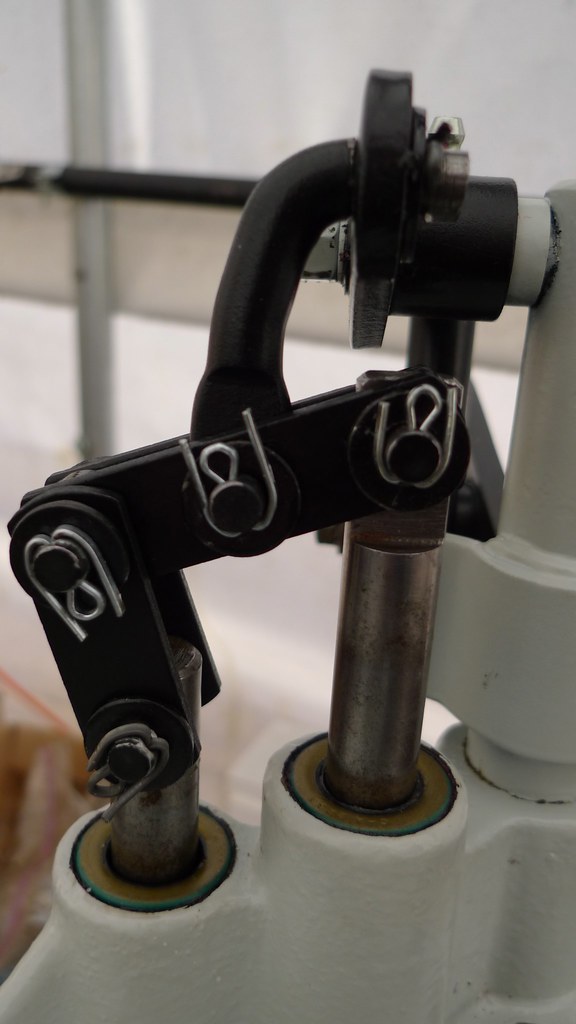
9. **Transfer Case Failures**
At the heart of any 4×4 system lies the transfer case, a critical component responsible for splitting power from the transmission and directing it to both the front and rear axles. This enables your truck to engage four-wheel drive, providing the enhanced traction needed for challenging terrain. However, the intense demands of off-roading place significant stress on the transfer case, making it a common point of failure.
One of the most prevalent issues involves fluid leaks, typically stemming from damaged seals or gaskets. Low transfer case fluid levels can rapidly lead to overheating, accelerating gear wear, and causing noticeable shifting problems. Beyond leaks, internal chain or gear damage can occur, often resulting from a worn or stretched chain that diminishes power transfer efficiency. Modern electronic transfer cases can also suffer from electrical malfunctions, with faulty sensors or solenoids disrupting proper 4WD engagement or disengagement.
Symptoms of an ailing transfer case are often distinct and should prompt immediate investigation. Drivers might hear grinding noises, particularly when attempting to engage or disengage 4WD, indicating internal wear or improper meshing of gears. Difficulty switching between drive modes is a clear red flag. A burning smell, often caused by overheated or contaminated fluid, is another serious warning sign, signaling excessive friction and potential internal damage.
To ensure the longevity and reliability of your transfer case, consistent maintenance is paramount. Changing the transfer case fluid at manufacturer-recommended intervals is crucial for maintaining optimal lubrication and preventing gear integrity issues. It’s also important to avoid excessive strain on the transfer case by executing smooth shifts between drive modes. Promptly addressing fluid leaks and checking for any metal shavings in drained fluid can indicate internal wear, allowing for early intervention before more costly repairs become necessary.
Read more about: Behind the Blunders: 8 Celebrity Endorsement Disasters That Spiraled into Lawsuits and Left Brands Reeling
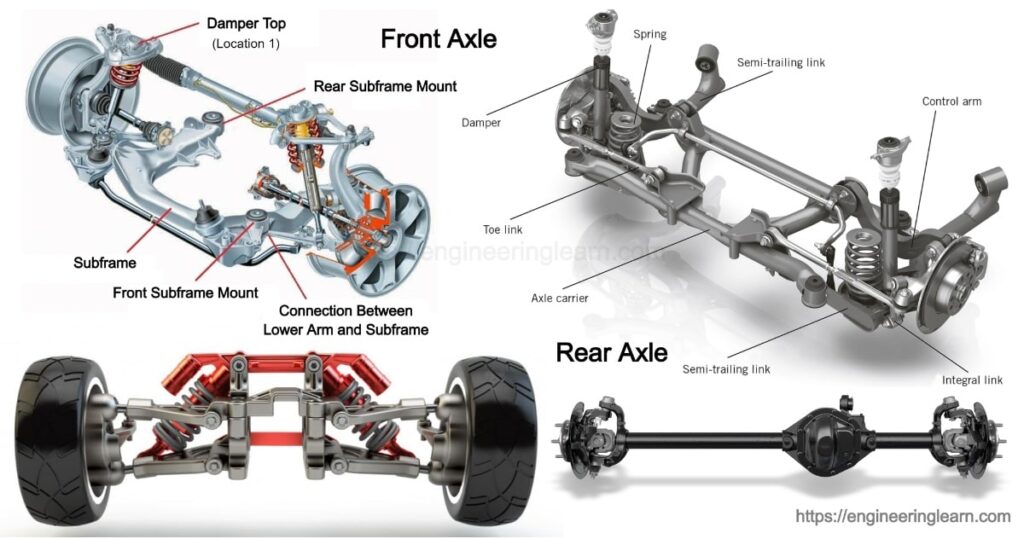
10. **Axle Shaft Breakage & Wear**
Axle shafts are the unsung workhorses of your truck’s drivetrain, bearing the immense weight of the vehicle and efficiently transferring torque from the differential directly to the wheels. In 4×4 trucks, these components are engineered for durability, yet they are subjected to punishing loads, harsh road conditions, and the extreme forces encountered during off-road excursions, making them vulnerable to premature wear and even catastrophic failure.
Several critical factors contribute to axle shaft failures. Overloading the truck beyond its specified axle capacity is a primary culprit, as excessive weight dramatically increases stress and accelerates metal fatigue within the shafts. Inadequate lubrication, often due to neglected maintenance or compromised seals, can cause axle bearings to run dry, leading to dangerous heat buildup and rapid wear. Furthermore, misaligned or worn axle bearings can cause improper seating, resulting in uneven torque distribution and localized stress points.
The consequences of axle shaft issues can range from diminished performance to serious safety hazards. Drivers might experience a noticeable loss of power to one or more wheels or, in severe cases, complete breakdowns. More alarmingly, axle shaft breakage can lead to sudden wheel lock-ups, which unequivocally compromise vehicle stability and pose a significant risk of losing control. Any unusual noises or vibrations originating from the wheels should be thoroughly investigated.
Preventive measures are indispensable for safeguarding your axle shafts. Adhering strictly to the truck’s weight limits is fundamental to prevent excessive stress. Regular inspection of axle bearings and seals for any signs of leaks or unusual wear is also crucial. Critically, ensuring proper lubrication with manufacturer-recommended grease and fluids will extend their lifespan significantly. A cracked or broken axle demands immediate attention, as it fundamentally compromises vehicle stability and safe operation.
11. **Worn U-Joints or CV Joints**
Universal joints (U-joints) and constant velocity (CV) joints are indispensable components in a 4×4 drivetrain, acting as flexible couplings that allow the driveshaft and axles to flex and articulate as the suspension moves. Their robust design is especially critical in 4×4 systems, where significant wheel articulation is a frequent occurrence during off-road driving or navigating challenging, uneven terrain. These joints ensure power is continuously transmitted even as angles change.
Despite their robust construction, U-joints and CV joints are highly susceptible to wear, particularly when proper maintenance is neglected or they are routinely exposed to harsh environmental factors. Insufficient lubrication is a common cause, as the grease within the joints can break down or escape, leading to increased friction and heat. Exposure to water, dirt, or mud can contaminate the joints, washing away lubricant and introducing abrasive particles that accelerate internal wear.
The signs of failing U-joints or CV joints are often quite pronounced. Owners might detect distinct clicking sounds, especially during turns, which typically indicate a worn CV joint. A clunking noise when shifting gears or transitioning between acceleration and deceleration often points to a worn U-joint. Furthermore, vibrations felt at certain speeds can also signal issues within these critical components. Ignoring these symptoms can lead to severe consequences.
If left unaddressed, a failing U-joint or CV joint can escalate rapidly, culminating in complete drivetrain failure. Such a catastrophic breakdown can result in a sudden loss of power or even complete loss of control of the vehicle, posing serious safety risks. Regular inspection and lubrication of these joints, particularly for 4x4s frequently used off the pavement, are paramount to maintaining drivetrain integrity and ensuring safe, reliable operation.
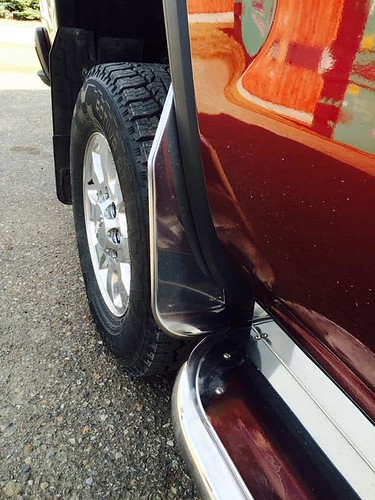
12. **Engagement Issues in 4WD Mode**
One of the most frustrating and potentially hazardous problems a 4×4 owner can encounter is the inability to properly engage or disengage four-wheel drive. Whether your truck refuses to switch into 4WD when tackling a muddy trail or remains stubbornly locked in 4WD on dry pavement, such issues compromise both vehicle performance and safety. These malfunctions are not merely inconveniences; they signal underlying mechanical or electrical problems that demand immediate attention.
The causes behind 4WD engagement issues are varied and complex. Electrical faults in the actuator responsible for shifting the transfer case are common, as are vacuum leaks that can affect control systems. Sensor malfunctions, often signaled by a continuously blinking 4WD light on the dashboard, can misinterpret the system’s status. Physical damage to the shift linkage, or even seized shift mechanisms within the hubs or transfer case, can also prevent smooth transitions between drive modes.
Symptoms are often readily apparent. A persistent blinking 4WD light or unresponsive dashboard indicators are clear warnings. If the vehicle feels sluggish, has difficulty turning, or exhibits binding, especially when attempting turns on dry pavement in 4WD, it indicates the system is stuck. Conversely, if 4WD fails to engage despite selection, your truck is deprived of its enhanced traction capabilities when most needed, leaving you vulnerable in challenging conditions.
Ignoring engagement issues carries significant risks, including accelerated wear on tires and gears due to drivetrain binding, increased fuel consumption, and compromised handling efficiency. Professional diagnosis is absolutely essential to pinpoint the root cause, whether it’s an electronic control module failure, a damaged shift fork, or a vacuum actuator. Addressing these issues promptly is crucial to restore your 4×4’s full functionality and prevent cascading damage to other drivetrain components.
Read more about: Beyond the Battlefield: The 12 Most Pivotal Automotive Innovations Forged in the Fires of World War II

13. **Chassis Problems / Structural Integrity**
While much attention is given to the mechanical components of a 4×4, the vehicle’s structural integrity, particularly its chassis, endures immense stress, especially when navigating rugged terrain. The chassis is the foundational backbone of your truck, supporting the entire vehicle and absorbing impacts. Over time, relentless pounding from off-road adventures can take a severe toll, leading to critical structural problems that can compromise the vehicle’s overall safety and performance.
Common issues with chassis integrity often stem directly from the harsh environments 4x4s are designed to conquer. Exposure to rough usage, such as traversing rocky trails or enduring hard landings, can cause the chassis to develop cracks. Furthermore, the combination of rain, moisture, and mud can accelerate the onset of rust, which, if left unchecked, will progressively weaken the structural members. This degradation is more than cosmetic; it undermines the very strength of the truck.
The implications of a compromised chassis are far-reaching. Cracks or significant rust can directly lead to a noticeable reduction in vehicle stability, making the truck feel less secure and predictable, especially under load or during demanding maneuvers. Moreover, chassis damage can exacerbate or even instigate other mechanical problems, as misalignment or undue stress is placed on connected systems like the suspension, steering, and drivetrain. These issues create a cascading effect of potential failures.
Proactive measures are vital to maintain the structural integrity of your 4×4. Regular inspections of the chassis for any signs of cracks, deformation, or rust accumulation are crucial. Promptly addressing rust by thoroughly cleaning the affected area and applying appropriate treatments, or having cracks professionally repaired, can prevent further deterioration. Considering protective solutions like rubberizing the undercarriage can offer a significant barrier against future damage from moisture and impacts, thereby safeguarding your 4×4’s longevity and ensuring it remains a capable and safe companion for all your adventures.
Read more about: Critical Evaluation: 11 Minivans Consumers Often Avoid and the Enduring Reasons Why
Maintaining a 4×4 vehicle to its optimal potential is a commitment, but one that richly rewards with unparalleled capability and confidence, regardless of the challenges ahead. From the intricate workings of the driveshaft and transfer case to the fundamental integrity of the chassis, each component plays a vital role in your truck’s ability to conquer any environment. Understanding these potential failure points—and crucially, knowing how to identify and address them—is the hallmark of a responsible and prepared owner. By embracing regular, meticulous maintenance and seeking expert intervention when needed, you ensure your rugged companion remains reliable, safe, and ready for every adventure, keeping those costly repairs at bay and extending the life of your prized off-road machine for years to come.



